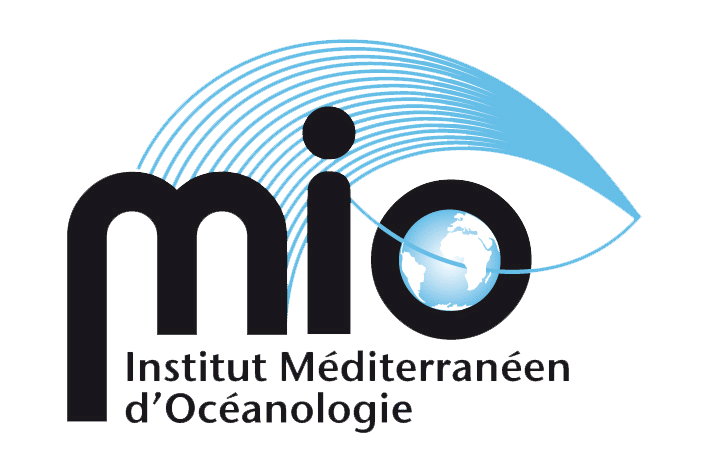The project OUTPACE (45-day cruise in the Tropical South West Pacific) aimed to provide a zonal description of biogeochemistry and biological diversity in the Tropical South West Pacific along a gradient of nutrient availability, and to produce a detailed study of biological production and its fate in three contrasting sites, with a particular focus on production supported by nitrogen fixation and carbon export by the biological pump. More specifically, the aim was to obtain an accurate representation of the complex interactions between planktonic organisms and the cycle of biogenic elements (C,N,P,Si,Metals) in the oligotrophic ocean, by considering different scales, from single-cell processes to the WSTP.
Most of the results have been published in a special issue of the European journal Biogeosciences: Interactions between planktonic organisms and biogeochemical cycles through trophic gradients and nitrogen fixation in the south-western tropical Pacific Ocean: a multidisciplinary approach (the OUTPACE experiment)
The site
Biological pump
One of our objectives was to study the production and fate of organic matter in trophic and N2 fixation gradients. We deployed drifting moorings equipped with sediment traps and carried out nitrogen balances using a Lagrangian strategy. We show that N2 fixation contributed more than 90 % of the new nitrogen input to the photic layer, before nitrate input via vertical diffusion (1-8 %) and atmospheric deposition (< 1.5 %).
N2 fixation supported almost all of the new production in the region characterised by high N2 fixation rates (~600 µmol N m-2 d-1) and only 3 % in the South Pacific gyre, where N2 fixation rates were low (~50 µmol N m-2 d-1). The e-ratios (particulate carbon export/primary production) measured in the former region (up to 9.7 %) are much higher than those measured in the other oligotrophic regions affected by diazotrophy, revealing the high efficiency of WTSP in exporting carbon relative to primary production.
The diazotrophs in the water column were poorly exported, suggesting indirect export after transfer of fixed nitrogen by non-diazotrophic planktonic organisms, which were then exported.




